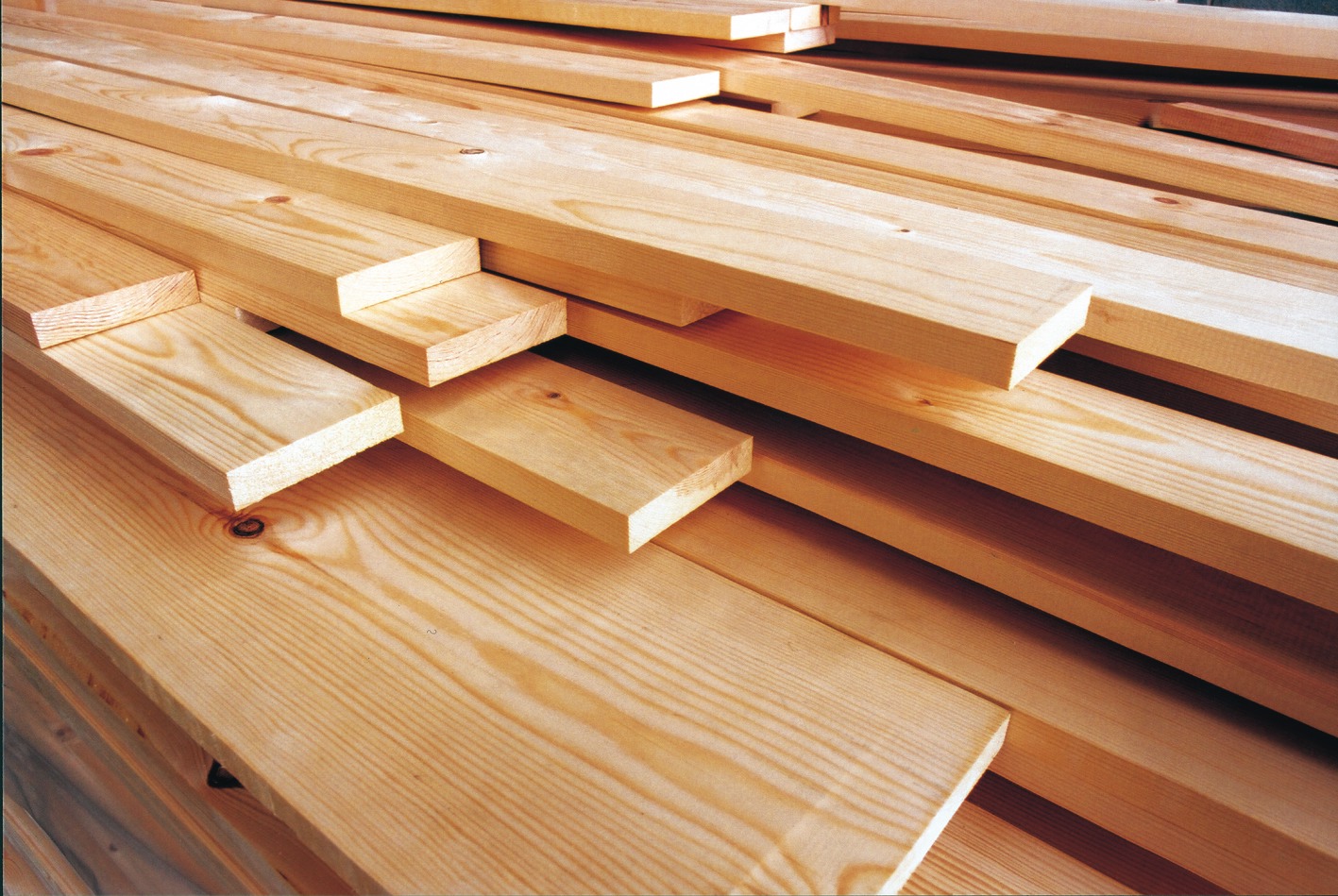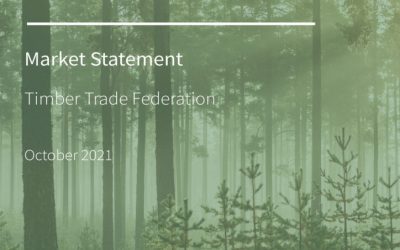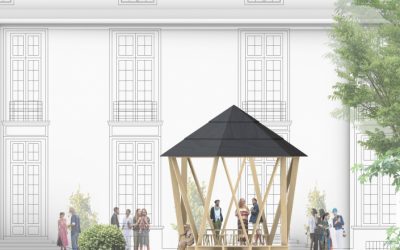Written by Wood Campus
Environmental | Industry | News
The UK’s three largest housebuilders (Barratt Developments, Taylor Wimpey, and Persimmon) have announced plans to open dedicated factories for timber-based construction materials.
Klober is a roofing accessories provider looking to convince construction companies to consider new ways of improving air and moisture tightness while preventing condensation.
This comes in light of predicted growth for the UK’s timber market as companies accelerate efforts to reach net zero emissions.
The timber market has grown rapidly due to the environmental benefits of timber-based construction methods, such as its ability to absorb carbon emitted in the production process.
The majority of new buildings in the UK are timber-based
According to a recent study, 92% of newly built properties in Scotland are timber-based, and the rest of the UK is predicted to go in a similar direction.
“Efficient buildings are the future. From a bill payers’ perspective, you don’t want to be paying to heat your property for it to go straight out of the walls or roof. And from an environmental standpoint, preventing air leakage is a key priority. Therefore, construction professionals must carefully consider how they deliver homes that are efficient,” explained Nick King, portfolio manager at Klober.
To create more energy-efficient building stock, properties need to be thermally efficient. Timber-based building materials achieve this through the detailing of the wood’s internal membrane. Supporting accessories can help reduce air leakage and create airtight seals around openings in the building.
Why good ventilation is essential
However, an airtight timber building needs to be balanced with ventilation. If a structure is not properly ventilated it could lead to a build-up of internal condensation in the roof space and wall cavities. This can be detrimental to occupant’s health if they are exposed to the condensation long term.
British Standard BS 5250: ‘Code of practice for control of condensation in buildings’ details all the rules and regulations for avoiding problems of high moisture levels and condensation.
“Maintaining a balance between air and moisture tightness and the right ventilation is essential. From a building fabric perspective, this can be achieved by opting for a vapour-permeable membrane that allows the wall structure to breathe while keeping it windtight and draught-free,” concluded King.
Original Article:pbctoday
More News
Softwood supply finally catching construction demand
More than seven million m3 of timber and panel products were imported by the UK between January and July 2021, according to the latest Timber Trade Federation (TTF) Market Statement. This is nearly two million m3 above the same period in 2020, and half a million m3...
Hexagonal pavilion in the institut suedois
Paris Design Week – September 2021 – The Hexagonal Pavilion The Hexagonal Pavilion is a joint initiative between Swedish Wood and Swedish architects. It was conceived by Swedish architectural practice, In Praise of Shadows, in partnership with construction company,...
Fundamentals of timber trees and the nature of wood
Learn with TRADA Live: Fundamentals of timber provides a comprehensive overview of the many aspects of timber and is intended as an introductory resource for newcomers to the material and those looking to construct a strong foundational layer of knowledge upon which...
Swedish wood announced as BIID platinum partner
The British Institute of Interior Design (BIID) provide a Platinum Partner programme for Industry Partners wishing to work closely with the Institute and Swedish Wood have become their latest member.Swedish Wood are celebrating their new partnership by giving BIID...





